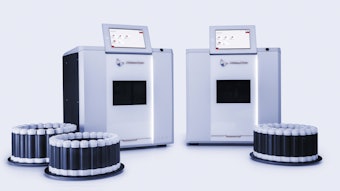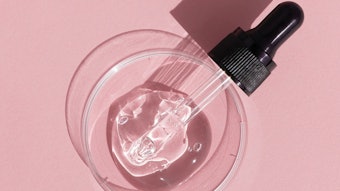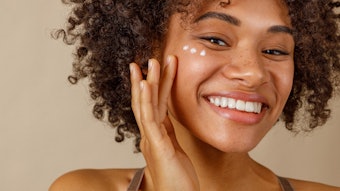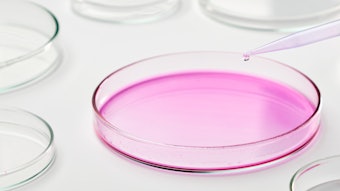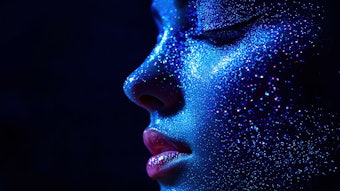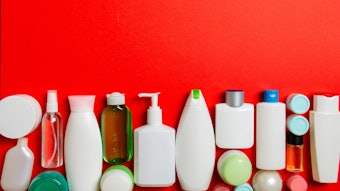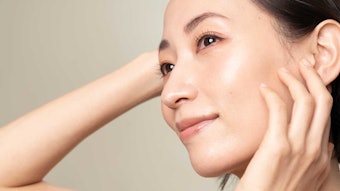Triclosan is a broad-specrum antibacterial/antimicrobial agent first introduced commercially more than 30 years ago. Because of its bacteriostatic properties against a wide range of both Gram-negative and Gram-positive bacteria, it has found popular and increased use in various personal care products such as toothpaste, deodorants, handsoaps, bodywashes, dishwashing liquids and cosmetics. It has also found uses as an additive for plastics and polymers and as a textile treatment that reportedly gives these materials bacteriostatic properties.
Testing for Dioxin and Furan Contamination in Triclosan
Jul 23rd, 2009
